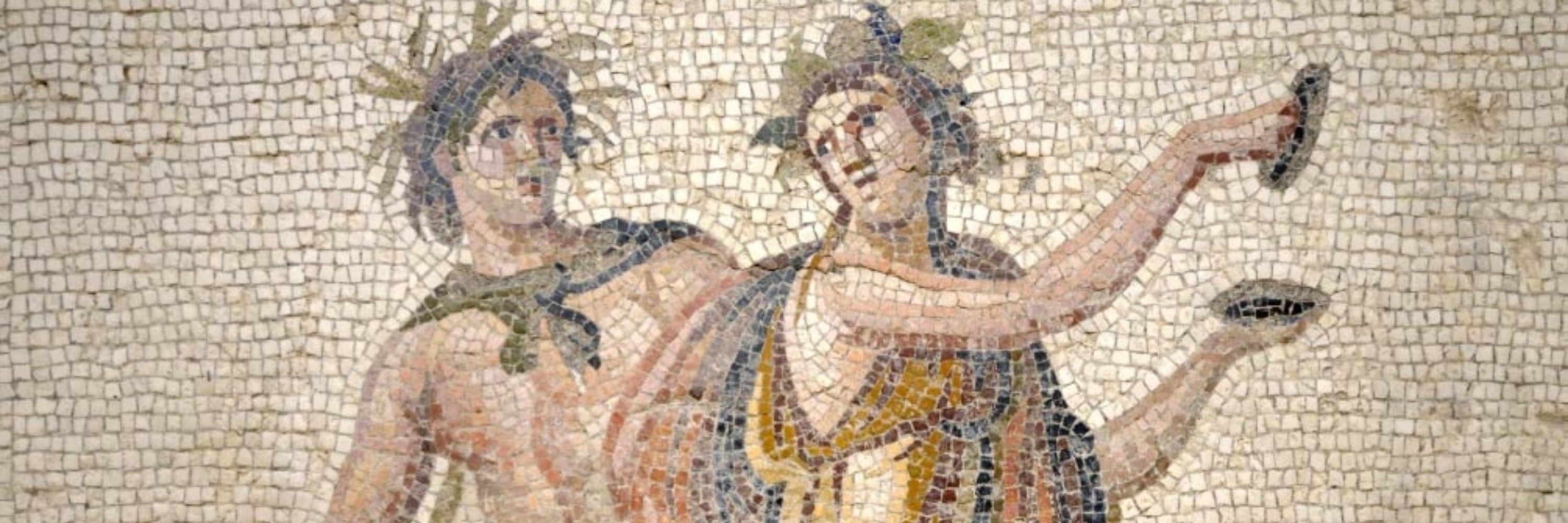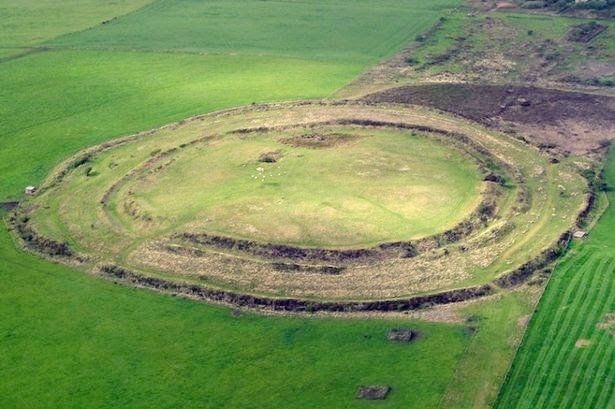Jon Hawke
@archaeohawke.bsky.social
3.1K followers
810 following
1K posts
#Archaeology, #Ancient #Classical World & #Roman Frontier Studies MA. Former life Archaeologist doing a bit now and then. Every day above ground is a good day! Romanes eunt domus!😂
Posts
Media
Videos
Starter Packs
Pinned
Reposted by Jon Hawke
Reposted by Jon Hawke
Reposted by Jon Hawke
Reposted by Jon Hawke
Reposted by Jon Hawke
Reposted by Jon Hawke
Reposted by Jon Hawke
Reposted by Jon Hawke
Reposted by Jon Hawke
Reposted by Jon Hawke
Reposted by Jon Hawke
Reposted by Jon Hawke
Reposted by Jon Hawke
Reposted by Jon Hawke
Reposted by Jon Hawke








![STATUE BASE FROM THE FORUM OF AUGUSTUS, 2 BCE. TRAJAN'S MARKETS
[Nero] Cl[a]udiu[s], Ti(beri) f(ilius), /
[Dru]sus German[i]cus, / [co(n)s(ul)], pr(aetor) urb(anus), q(uaestor), aug(ur), imp(erator)/[app]ellatus in Germania
"Nero Claudius Drusus Germanicus, son of Tiberius, consul, urban praetor, quaestor, augur, acclaimed as commander in Germany". This is the fragmented statue base of a member of the Claudian gens absorbed into the family of Augustus, the great military hero Drusus, second son of Livia, wife of Augustus, by her first marriage to Tiberius Claudius. Drusus had a hugely successful military career and held civil office. He was acclaimed as imperator by his troops after they defeated the German tribe of the Cherusci in 11 BCE. He died two years later and was commemorated in the part of the Forum of Augustus dedicated to his family.](https://cdn.bsky.app/img/feed_thumbnail/plain/did:plc:y2ps7or6drwz3yuvelv6glai/bafkreibt4mefur4h46qcy3c7um6fmud7owyljrnhvkctwo4hiainmlacem@jpeg)




















